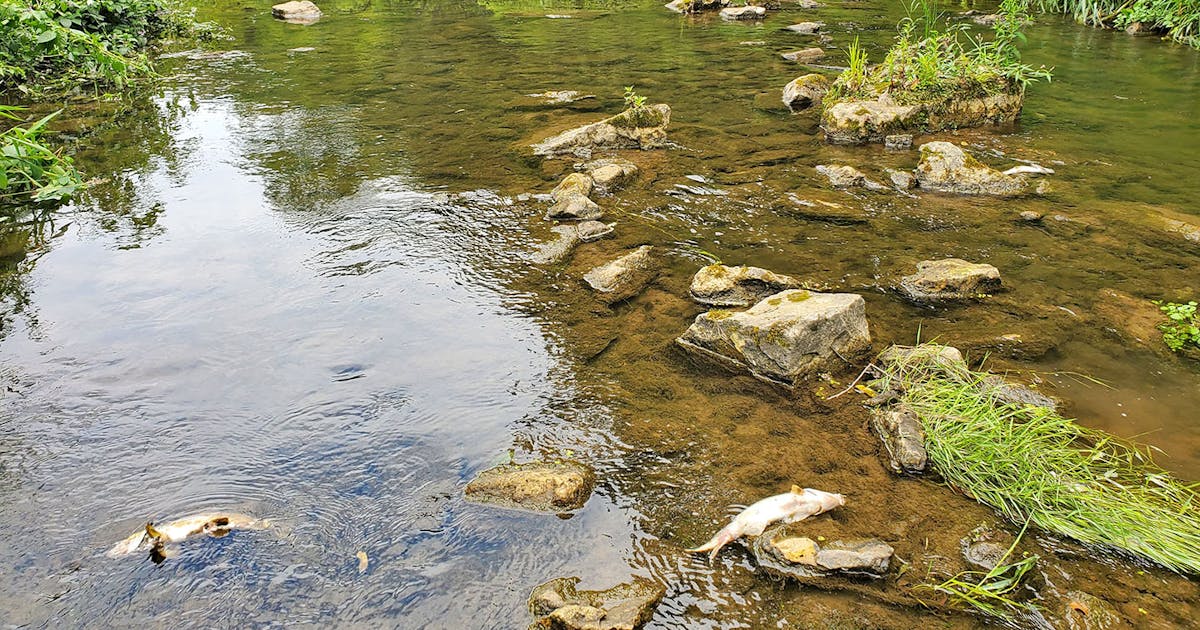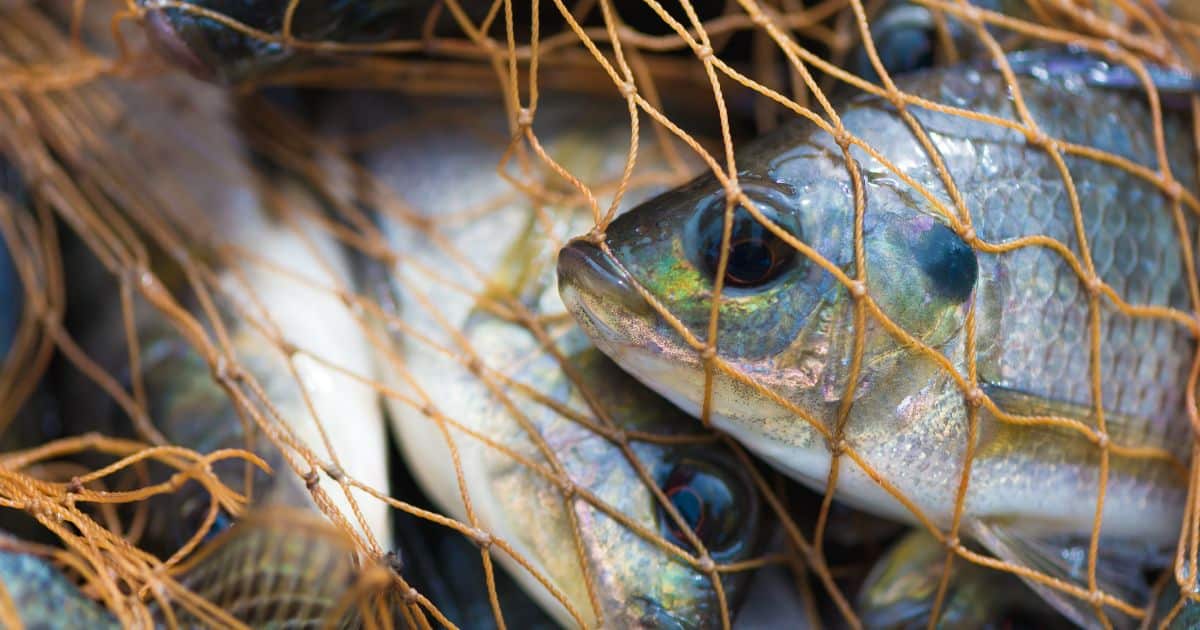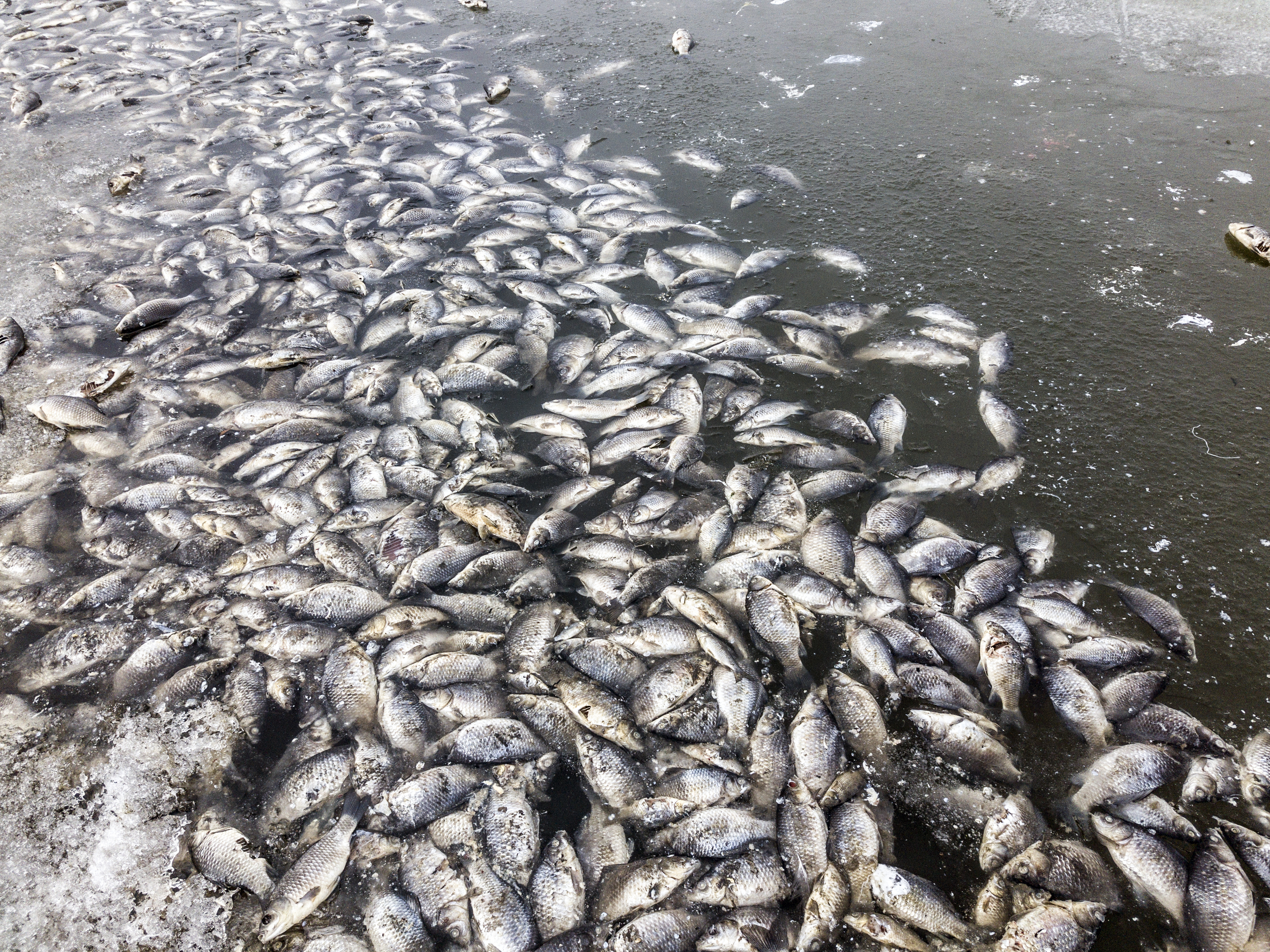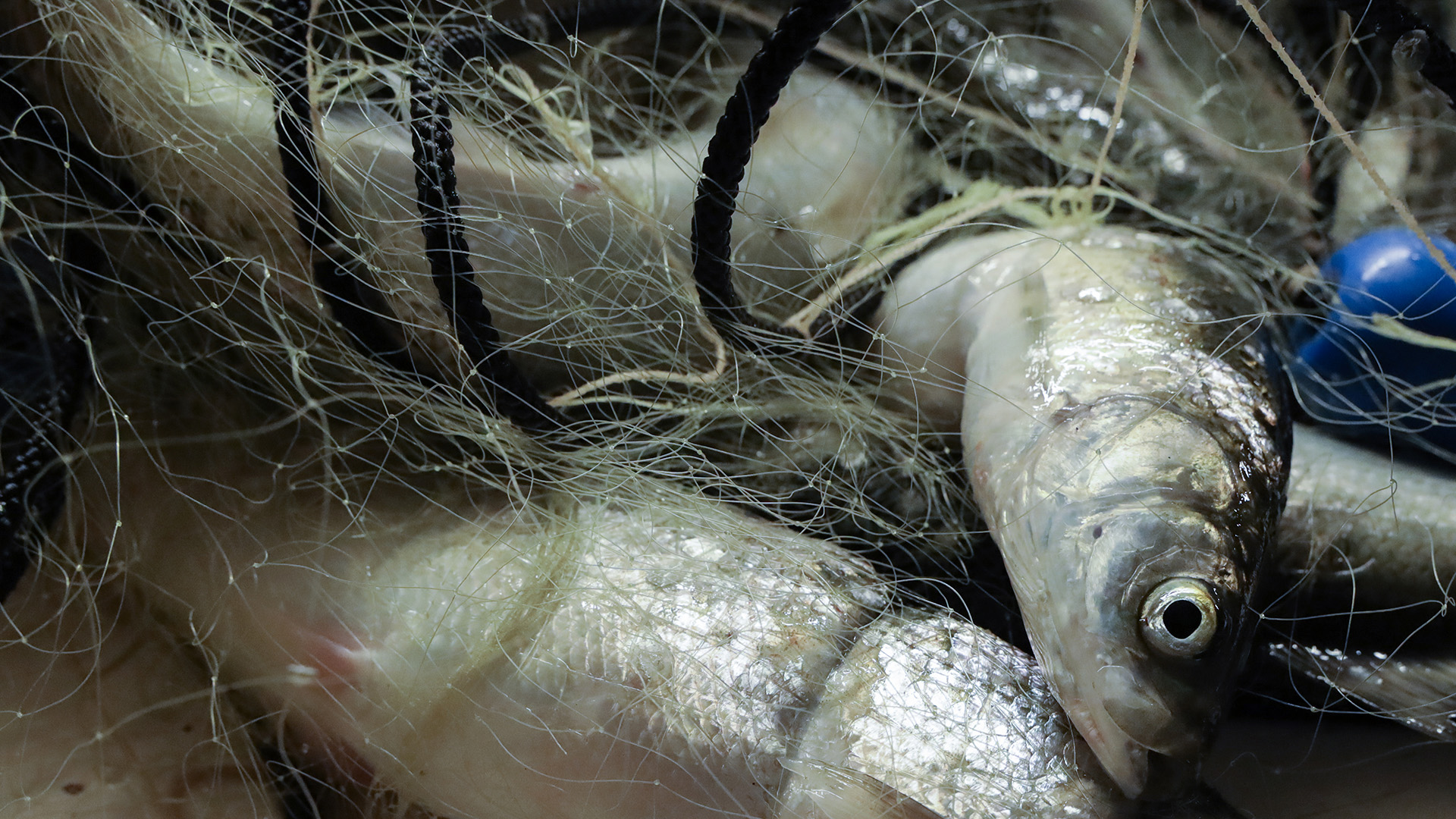Lawmakers seeking to reform Minnesota’s response to fish kills

Minnesota fish kill investigations have lacked speed and consideration for human health, according to state legislators who want to sharpen the response.
Particularly when it comes to contaminant-related fish kills in the trout streams of southeastern Minnesota, reformers say investigators need to act faster and with uniformity to help pinpoint the origin of fish kills. Moreover, people who drink from the affected watersheds deserve prompt notification, the lawmakers and advocates say.
“What we have now is weak efforts that come up with inconclusive results,” said Jeff Broberg, a geologist and founder of the Minnesota Well Owners Organization. “We get narratives like, ‘It’s the heavy rainfall that killed the fish.’ It’s not. In trout streams, these are man-made events.”
Broberg was testifying last week before a House committee that included an appearance by Department of Natural Resources Commissioner Sarah Strommen. She received accolades at the hearing for saying that the ongoing public discussion of fish kills needs to address prevention of agriculture runoff — chemicals and manure.
“Generally (fish kills) are due to some application that was put on the land and that substance is running off into the lakes and rivers and causing a change in the water chemistry that’s affecting the fish and causing a die-off,” Strommen testified before the House Environment and Natural Resources Committee.
Carly Griffith, water program director at Minnesota Center for Environmental Advocacy, testified at the same hearing that the state needs to work more diligently on setbacks to keep feedlot waste and ag chemicals from entering springs and surface water. But the issue of setbacks is not addressed in the bill. For now, she said, the proposed fish kill bill would improve public response, including acute involvement by the state Department of Health.
“Public communication is a key part of what needs to be improved,” Griffith said.
She said Minnesota fish kill events have increased in size and frequency. Last summer’s die-off of 2,500 brown trout and other fish in a stretch of Rush Creek near Lewiston was the latest known incident. According to the Lanesboro DNR Fisheries office, the Rush Creek fish kill was the sixth documented fish kill since 2015 in Fillmore, Houston, Winona and Olmsted counties. The combined mortality of trout from those events has been estimated at more than 13,000 fish.
According to a multi-agency investigation of the Rush Creek fish kill, several factors likely contributed. The exact cause couldn’t be pinpointed, but a report by the Minnesota Pollution Control Agency (MPCA) cited possible factors as upstream applications of manure and pesticides combined with low-flow conditions in the creek before rainfall July 23.
In a statement included in the report, Dana Vanderbosch of the MPCA said the agency shares in the public’s frustration “around events like this that impact hundreds of fish and oftentimes don’t point to any one cause.”
He said MPCA often hears about fish kills several hours or even days after they occurred and by then the pollution has diluted and washed downstream.
State Rep. Sydney Jordan, DFL-Minneapolis, said the fish kill bill she introduced this year would sharpen agency protocols to speed investigations while also requiring extensive sampling of water, soil, vegetation, nearby manure, dead fish and other aquatic creatures. The bill also would mandate quick reporting of fish kills once they are discovered.
“Speed is the name of the game,” Jordan said in an interview. “We’ll be putting in place what the agencies need to be doing.”
State Sen. Jennifer McEwen, DFL-Duluth, is carrying a similar bill in the Senate. She said agencies have been improving their protocols on joint fish kill investigations, but it’s important to sharpen them, add health department expertise to the mix and put the improved protocols into law so they can’t be neglected by future administrations.
“We need to do something,” McEwen said. “This is an essential stepping stone.”
According to her bill, an administrative law judge would be involved in finalizing the protocols.
Strengthening the human health aspect of the fish kill investigations is important in the Driftless Area because of the region’s karst topography. The ground features fractured and dissolved limestone at or near the surface, giving water an easy path to groundwater and springs that feed the area’s cold water trout streams.
“Trout water is drinking water,” Minnesota Trout Unlimited Executive Director John Lenczewski testified in the House committee. “It’s being polluted again and again.”
Like others, Lenczewski said in committee that any new fish kill legislation should be amended in the future with pollution controls to prevent the incidents in the first place.
This week, the Senate’s version of the fish kill bill received a committee hearing and was laid over for possible inclusion in a larger environmental bill. The House bill has been approved by the Environment and Natural Resources Committee.
Driftless Area fish kills
According to the Lanesboro DNR fisheries office, here’s a list of six documented fish kills since 2015 in Fillmore, Houston, Winona and Olmsted counties.
- July 2022: Rush Creek estimated 1,875 trout and 625 other fish dead.
- July 2021: Trout Valley Creek estimated 250 trout dead.
- September 2019: Garvin Brook estimated 1,262 trout dead.
- May 2018: Bee Creek estimated 15 trout dead.
- October 2017: Spring Valley Creek estimated 170 trout dead.
- July 2015: South Branch Whitewater River estimated 9,000 to 10,000 trout dead.







